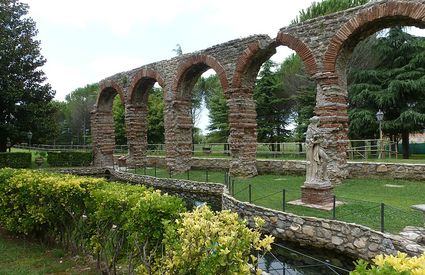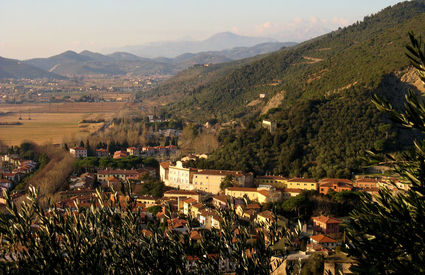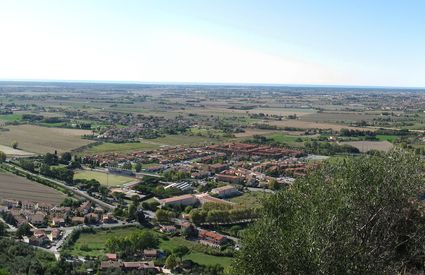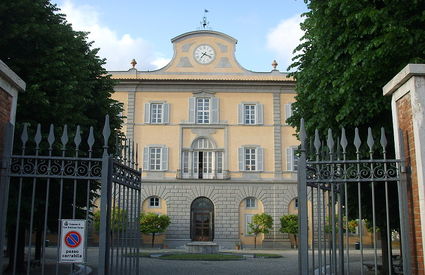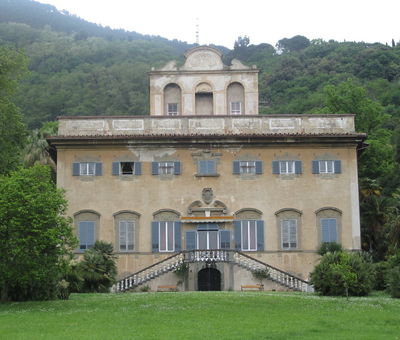The villa's many secrets
Corliano is one of the oldest and best preserved villas in Tuscany, rife with mysterious legends. An example of which is Donna Teresa, who lived between the end of the 18th and 19th centuries. An unusual and extravagant person, she was excessive for her time. It’s said that she drove the carriage drawn by six horses by herself. Daughter of the owners of the villa, she was so fascinated by the home that she didn't want to leave it, even after her death. Her ghost is said to still roam among the imposing rooms of the villa. Even more curious is the story of a surgeon who seems to have carried out experiments on the human body in the basement. Mary Shelley, the English writer and author of the novel Frankenstein made even more famous by the film, stayed in the villa several times and may have been inspired by the doctor's experiments. Another clue? The doctor was called Francesco La Pietra, Franken Stein in German.


